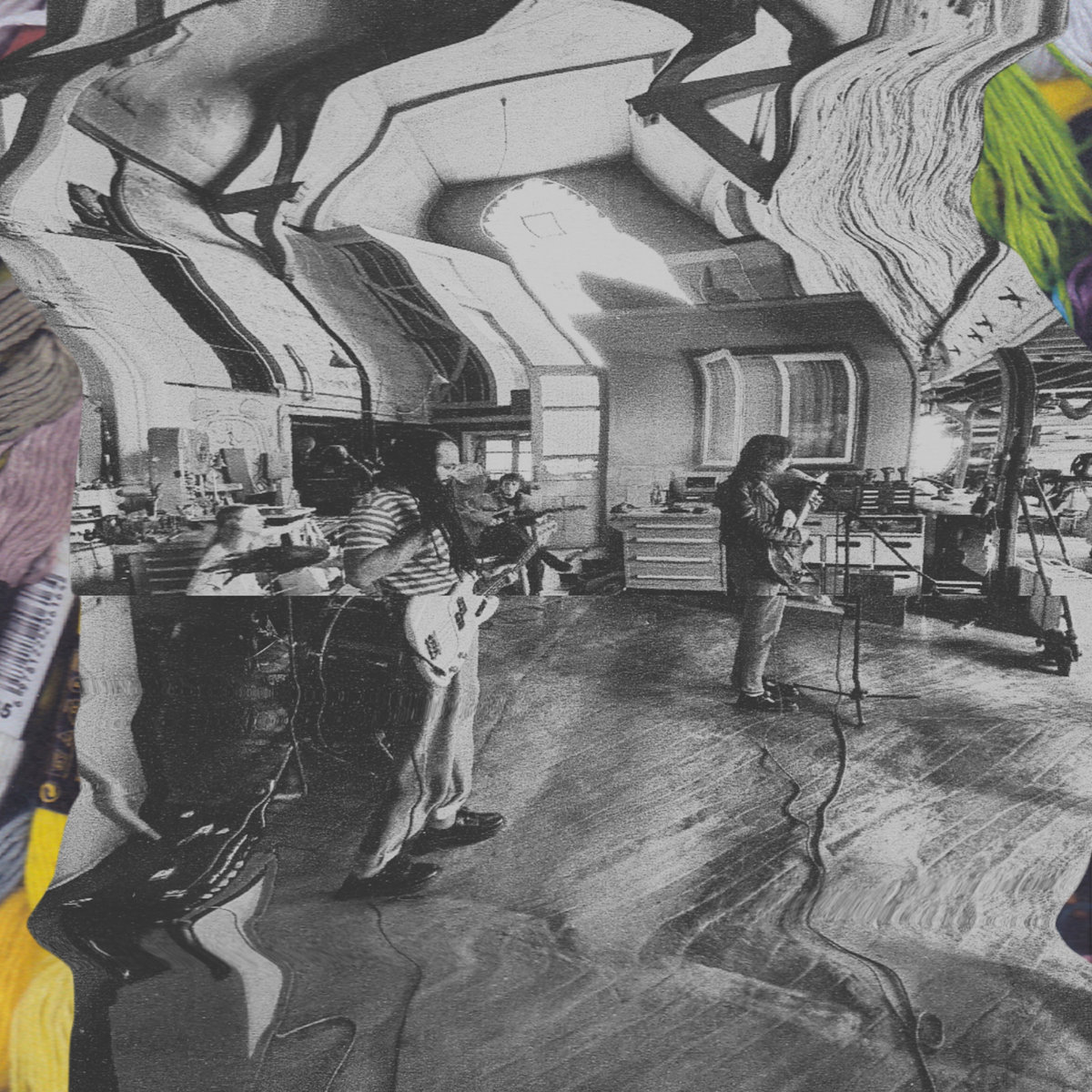Avery Friedman – New Thing | Album Review
/Audio Antihero
Growing up, my brother would record jam bands in our basement, which meant that I often found myself accompanying him to Guitar Center, where he’d spend what felt like hours looking at cables. To keep myself entertained during these trips, I’d walk around the main showroom and watch guys shred. To me, shredding was the coolest thing you could do with a guitar; it was so fast and so loud, I thought that surely there was no better way to exhibit one’s mastery of the instrument. Then, one day, while jumping around YouTube, I discovered Jeff Buckley and realized that I was wrong. The way Buckley played the guitar was way cooler than shredding. The sound when he played just wrapped itself around you, it was incredible. It didn’t matter that his guitar playing wasn’t particularly loud or fast; I knew then that what I was listening to was the pinnacle of what someone could do on the guitar, and it totally changed how I thought about the instrument.
As I listened to “Into,” the first track on Avery Friedman’s debut album, New Thing, I was reminded a lot of Buckley’s playing. I’m not saying that this is a one-for-one comparison—I doubt that we’ll ever see another Jeff Buckley—but in approach and technique, the way things are given space to ring out, the feeling behind the notes, I was hearing so much that reminded me of him. The track serves as a fitting introduction to the excellent guitar playing featured throughout the record, both in other Buckley-esque moments like the intro to “Flowers Fell” and on songs like “Biking Standing” where a more contemporary indie approach is taken. It’s all just so good.
For a more specific example of what got me fired up about the guitars, let’s take a look at the song “Finger Painting.” The track starts with Friedman singing over nice-sounding electric guitar arpeggios, with a subtle acoustic joining about forty seconds in, adding open chords that complement each arpeggio change. This all sounds great, I’m listening, loving how smooth and in the pocket the playing is, and then we get to the second verse. At this point, Friedman adds a third guitar, a lead that’s awash in what I think is reverb and flanger, mirroring the main vocals and building to a climax that blew me away. The way this third guitar oscillates between perfectly following the lead vocal’s rhythm and falling just a bit out of step is perfect, and it adds so much to the song without doing all that much on paper. It’s one of those things where if you just looked at a tab of it, I’m sure it wouldn’t seem that hard to play, but to do it with that feeling and that rhythm, it’s awe-inspiring. In the last minute of the song, all these layers that have been building on top of each other fully come together and then blast forward into a conclusion that’s absolutely sublime.
After listening through the first few tracks of New Thing, I thought that I had a pretty good handle on what to expect vocals-wise for the rest of the album: a cool, understated delivery with light modulation that sets a vibe without being too forceful. Then, I get to “Photo Booth,” and I’m just about knocked over by this much less obscured presentation of Friedman’s voice that punches its way to the front of the mix, effortlessly sliding into a high register as she sings “Give you a little look / Truth or dare pupils.” It’s not so different that you’d think it’s a new person singing, but the change both in delivery and production really pulled me in and helped me realize just how good her voice is. “Biking Standing” is another song where we see this more raw version of Friedman’s vocals, giving the track a particularly intimate feel. Unobscured like this, the quality of her voice is undeniable, and it creates a strong foundation for the addition of harmonies and vocal layering in the song’s back half, elevating it and making it one of my favorites on the record.
With so many vocal modes at play, it highlights that when we’re hearing something, it’s an intentional choice rather than something done out of necessity; what we have here is an artist painting with a full palette. For example, the unbridled and unobscured delivery I loved so much at the beginning of “Photo Booth” would not make any sense on the trepidation-focused “New Thing,” where the more laid-back approach perfectly fits lines like “It’s a little bit of a new thing / It’s a little hard to predict / And I can’t quite describe it / It’s like a magnet flipped.” “Photo Booth” is a song about going for it romantically, and the vocal goes for it.
All of these little things get to the heart of what I love so much about New Thing; it’s a record where we get to see an artist fully executing their vision. Zoom in on any song, separate all of the parts, and it’s clear what purpose each serves. This clarity of purpose is bolstered by great musicianship, and every choice made is the right one. It’s rare that a debut presents us with an artist operating at this level and making something so fully realized. When we get a record like this one, it’s worth cherishing, and I’m ecstatic that New Thing is now out there for everyone to experience.
Josh Ejnes is a writer and musician living in Chicago. He has a blog about cassette tapes called Tape Study that you can find here, and he also makes music under the name Cutaway Car.





